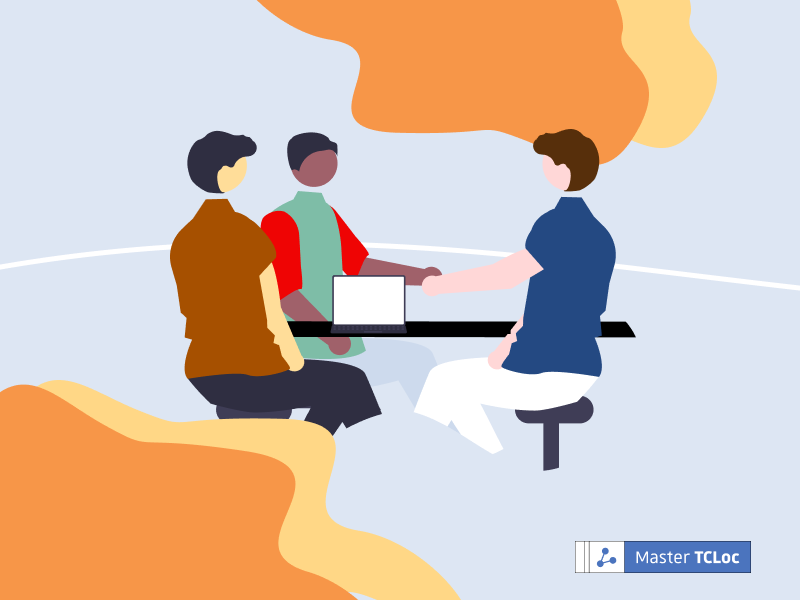As a university student in translation studies, when I first heard a professional translator talking about machine translation I was rather skeptical about this new emerging topic and I would never have thought of using it one day.
Frankly speaking, it almost sounded like an ‘insult’ after all the years I have been spending acquiring a method that relies mainly on the human translator’s figure. However, I soon realized that the more I got to know about how machine translation works and “thinks,” the more I found myself reconsidering it positively.
First of all, I soon figured out that the various machine translation systems have considerable advantages, although there are still certain disadvantages we can easily list. This duplicity when talking about machine translation (MT) makes it necessary to evaluate whether and when a professional translator should rely on this technology or not.
The main advantage of MT is represented by a drastic reduction in terms of time and costs. Within a few seconds, you can get a translation of a text from almost any source language to a considerable (and increasing) number of target languages. In addition, in this way, despite any formal or contentious errors, the general sense of the text is immediately understandable, allowing you to get an idea of what the text wants to communicate to you, whereas, most of the times, human translation takes much longer to produce a text of the same level.
At the same time, however, MT cannot be applied to all types of documents. For example, literary translation does not fit in any way with this approach, considering that the creative language which is typical of literature is full of linguistic nuances. Unlike human translators, MT systems do not have any sensitivity as well as the “experience of the world” nor the language skills of a human translator. As a result, the machine translation system is not able (or better, not always) to disguise polysemies or to understand the context within which the text lies. These aspects demonstrate the added value of a professional translator and the status of “superiority” that he/she strives to maintain in a future working scenario where MT will get better and better.
In order to bring a solution where machine translation fails, professionals must intervene with various strategies such as post-editing, pre-editing and controlled language, which can significantly improve the quality of the output but do certainly not make any sense when they require an amount of time which is greater than the one it would take them to translate the text in a traditional way. It is, therefore, necessary to evaluate whether it is reasonable and meaningful to use a MT system and also what kind of action the MT system supports so that this can be applied to the raw output. Therefore, time is the variable that rules the choices of a translator in today’s job market.
After studying how machine translation works, I realized that what makes a professional translator different from MT systems is precisely the fact of knowing how to weigh the advantages and disadvantages of these systems carefully. If we want the translator’s figure as an expert in his field to survive instead of being completely disrupted by the competition of new technologies, we must tackle the problem and try to solve it by focusing on our personal skills, not underestimating those of our ‘opponent’ and placing ourselves in an awareness of consciousness, rather than in total refusal or denial.




Comments